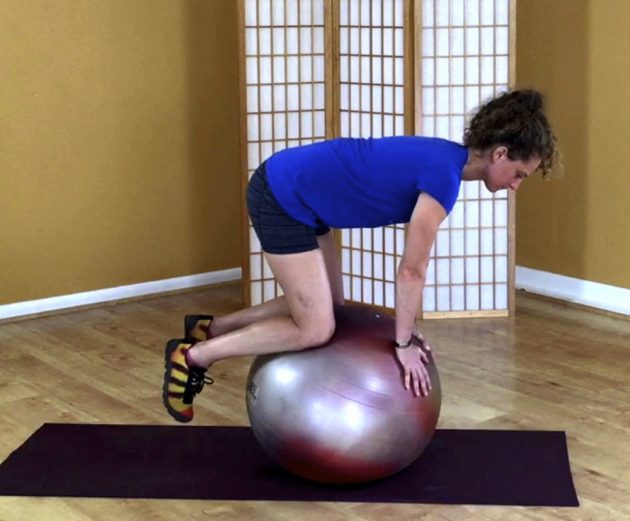What is the Core anyway?
The core is a functional concept, not an anatomical address.
…
It creates internal stability so that you can achieve the desired mobility.
It is dynamic, not static
In running, the legs provide the drive forward, the arms provide the counter balance. Everything else provides the stability to allow the legs to do their job.
[box]To understand the concept of “Core” in any movement, ask yourself two questions:
① “What has to happen for the desired action?”
and
② “Who is doing what to make this happen?”
For any movement there is a primary action and then ‘The Core’ is everything else that supports that action.[/box]
The Running Core = Remember Two Things:
 ① “If you want to run, you have to do it on one”
① “If you want to run, you have to do it on one”
Running occurs on one leg at a time. The deep muscles in the hip that hold you upright on one leg are the most important core muscles in running. They are the hip abductors, the gluteus medium and gluteus minimus.
and
 ② “Gyroscopes”
② “Gyroscopes”
The legs and pelvis (lower limb girdle) rotate opposite of the chest arms and shoulders (upper limb girdle). These counter rotations provide balance. The spine forms the central upright axis around which these rotations occur. The muscles of the torso, abdominals and back stabilize and guide alternating rotations, connecting and balancing the trunk to the pelvis.
Another way to think about the core as a dynamic entity, “Proximal stability precedes distal mobility”. Ask yourself, ‘what in my body has to be made stable so that I can do the action I want?’; your answer will tell you, ‘what is the Core for this movement?’.
[xyz-ihs snippet=”weeeklyworkoutad”]

